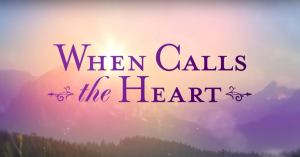The coronavirus pandemic is a public health threat to everyone, but the Native American population is particularly susceptible to the worst outcome of the virus. According to a report by CNN, Native Americans have asthma, heart disease, hypertension and diabetes in higher proportions than other groups. Along with other factors, this makes COVID-19 particularly dangerous for the Native American nations.
Native Americans spoke to CNN’s John Blake last month about why they are more at risk of contracting coronavirus than others, and how it has impacted their communities so far. In addition to the prevalence of pre-existing conditions among them, Native American people have high rates of poverty, limiting their access to resources and medical care. On top of that, many Native American communities, including reservations, are crowded into small spaces, without much room for social distancing. All of this adds up to a dangerous situation for many people.
Videos by PopCulture.com
Kevin Allis, chief executive officer of the National Congress of American Indians, said of Native American homes: “You have a tinderbox. The virus can get into a home or a couple of homes, and spread very quickly.”
According to the latest report by The Washington Post, there have been over 3,100 confirmed cases and 100 confirmed deaths from the coronavirus on the Navajo Nation reservation alone, which holds a population of about 175,000 people. This translates to a higher infection rate per capita than any single U.S. state — even New York. Allis pointed out that Native American nations may not be equipped to handle the virus as other governments are.
“Many tribal governments don’t have a tax base,” he said. “There’s no property taxes. There’s no sales taxes. There’s no income taxes. They’re not generating money for taxes. The only revenues they generate from tribal governments come from their businesses. So when you pull that rug from under us, we got nothing.”
Finally, allis pointed out that many Native American communities have a high elderly population, making the coronavirus far more dangerous to them as a group. He said: “Elders are revered in our community. They’re the people we turn to for wisdom and advice. A lot of times, it’s not the parents who will teach the traditions and way of life. It’s the grandparents.”
Blake’s report also pointed out the historical trauma of pandemics on the Native population. While European colonists waged war against Native Americans upon their arrival, the diseases they brought with them may have been the deciding factor in their favor. The smallpox pandemic reportedly wiped out 90 percent of the native peoples of North America before it was over.
For the latest information on the coronavirus pandemic, visit the websites of the CDC and the World Health Organization.








